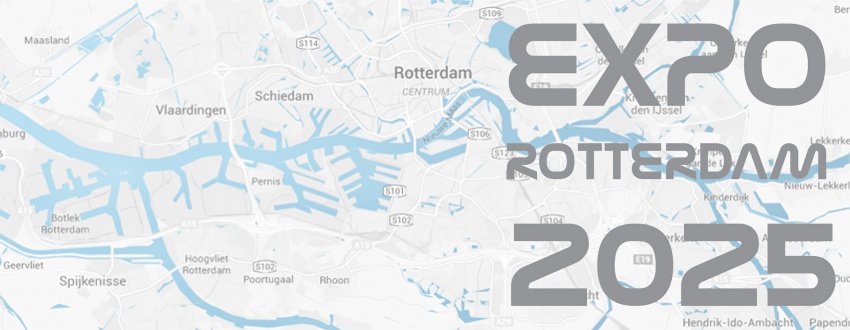Msc1G4:Student2
Composting can be defined as the decomposition and recycling of organic materials in order to create fertilizer and soil amendment.
Composting is traditionally used in the form of "cold composting". This requires little maintenance. However, it makes for very long decomposing times and excludes several types of waste. Worms and fungi break down the material and bacteria handles the chemical process.
Another method is "hot composting" where microbes play a bigger part. This creates warmer temperatures and require a lot more maintenance and supervision.
Our compost will be a hot compost following the Berkeley Method. This involves a method called which will cut the time cycle from a year (such as in cold composting) to 2-3 weeks.
This method requires input of several parameters which need to be continuosly adressed in order to succeed with the process. The parameters will regulate the shape with moving components. When the compost is added on, the structure expands. When the compost shrinks, the structure squeezes.
The input of wind, temperature, composted items, sun light etc will dictate the ever changing structure to create a new experience over time. The created soil will be used for making a green cover which will represent what can be done with one of mankind´s oldest technologies.
Essential parameters for optimal composting:
Size of compost container: Minimum of 90 cm x 90 cm x 90 cm, sealed shut.
Size of compost parts: 1.25 mm - 3.75 mm. Softer materials do not need to be divided further, hard materials such as wood need to be more finely divided to decompose rapidly.
Temperature: Around 71° C is optimal temperature for rapid decomposting. If the temperature drops too far below 71°, the decomposition process will slow or stop. If the temperature goes too far above 71°, the microorganisms will die and the process will have to restart.
Humidity: Moisture content of materials should be 50%
Carbon / Nitrogen: Ratio of 30/1
"Green (organic waste)"/"Brown"(paper, wood) ratio of 50/50
Turning frequency of material: Every 24 hours
